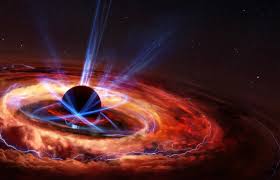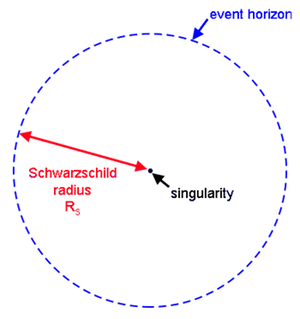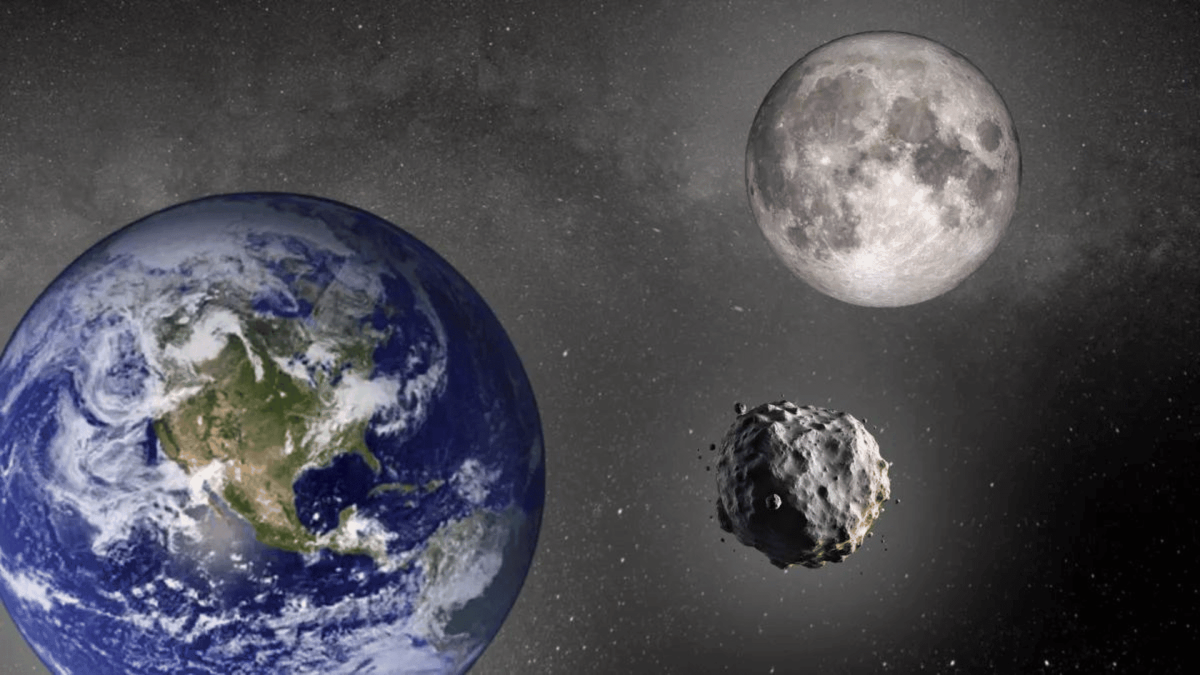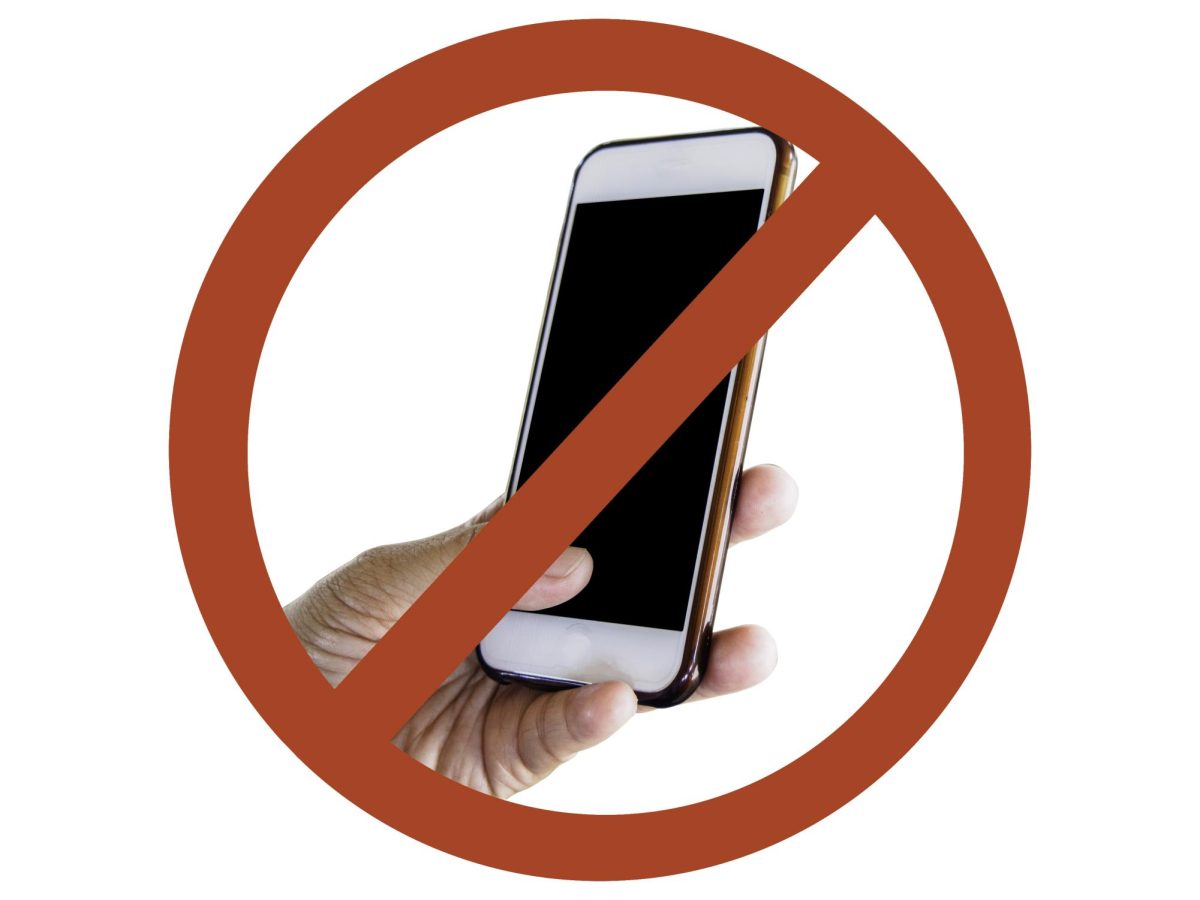
Great, you’ve somehow landed yourself in or near a black hole…so what happens now?
To be honest, it’s a recipe for disaster.
When a large neutron star dies it leaves behind a core that collapses in on itself. According to Einstein, if the mass is three times bigger than the mass of our sun, “gravity” would “overwhelm all other forces” and the core would become a black hole (What If). In fact, their gravity is so strong that space-time fabric (the three dimensional, four if you include time, fabric of space where everything exists) is bent so far that it becomes a hole. And because their gravitational pull is so strong that nothing can escape, not even light, they are virtually invisible. But we can detect them if “objects fall towards them”, “seeing the effect of gravity” on objects like stars around them, and by “detecting gravitational ripples” from collisions with other black holes (UChicago News).
Alongside this, some black holes have an accretion disk that orbits them. Caused by matter that can speed up the orbit to half the speed of light and friction between objects that can cause temperatures of a billion degrees, this creates a “disk” of light around the black hole (Kurzgesagt).

But every black hole has two basic structures; an event horizon and a point of singularity.
The event horizon is the “point of no return”. Once objects enter the horizon, they will immediately be pulled towards the center of the black hole. The horizon itself is not a “physical surface” but a “sphere” around the black hole where the escape velocity–the lowest velocity an object must have to escape the gravitational pull of a planet, or in this case, the black hole—is equal to the speed of light (NASA).
And in the center of the black hole lies the point of singularity. There, a mass–the person who fell in–would be condensed to a tiny point with a large amount of density. NASA states that because that point is “vanishingly small” it would have “infinite density.” Scientists are still working out just how the laws of physics apply to these singularities while composing theories that explain what happens here.
So, if you were to approach a black hole, here’s what would happen:
As you approach a black hole, you will reach one of the many layers that encompass it, the photon sphere. And here’s where things get crazy: as mentioned, a black hole emits a gravitational pull so strong that light cannot escape it. However, light is bent around the black hole, causing the light from the back of you to travel towards your eyes. So, if you were to look ahead of you, “you would be seeing the back of your head” (Kurzgesagt).
Another strange thing that happens to you as you enter the black hole is the time slowing. Depending on the strength of gravity in the black hole, it can slow down time. To someone looking at you from far away with a telescope, you would appear to be in slow motion or even motionless, looking dimmer and redder. This is because at the event horizon, time stops, and space continues to move forward (What If).
But to you, the space around you would speed up. Much like in Interstellar (a movie that explains all of these processes with spot-on accuracy), and SPOILER ALERT here, after Cooper exits the black hole and makes his way back, we see that time has changed for everyone on the planet, but not for him. Time slowed down for him as he was in the black hole, but life went by for everyone else back on Earth. So if you somehow made it out, you would probably return to an Earth very different from the one you were on.
Once you reach the event horizon and begin to move towards the singularity, the black hole appears to close up around you, and if you turn around, the spot from which you entered would become a “single spot of light,” according to Kurzagesgast.
After a while, you begin to experience spaghettification, a process horrific compared to its fun name. This tidal effect acts on you as the result of gravitational pulls from around you. If you were approaching the black hole feet first, gravity would first pull you by your feet and later your head. What’s worse, because gravity is so strong, it begins to stretch you out into the shape of a spaghetti strand.

There are differences as to what happens after; you could get reduced into “hot plasma” or you “break in half,” but all of them have one thing in common–you would not be seen again.
If you were to fall into a larger black hole, then you might have a chance. If you were to fall into a supermassive black hole, one that is a million times heavier than our sun, then the gravity that is acting on your feet would be the same as the gravity acting on your head and body.
It’s doubtful you would see the other side of a black hole. However, there are theories, such as those of Stephen Hawking, that suggest if you were to fall in and make it past, you would arrive at a parallel dimension.
However, it would probably be best for you to stay as far away from a black hole as possible.




















